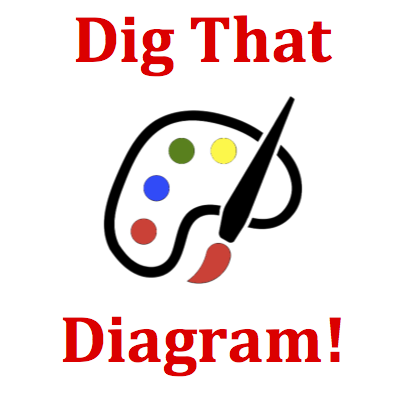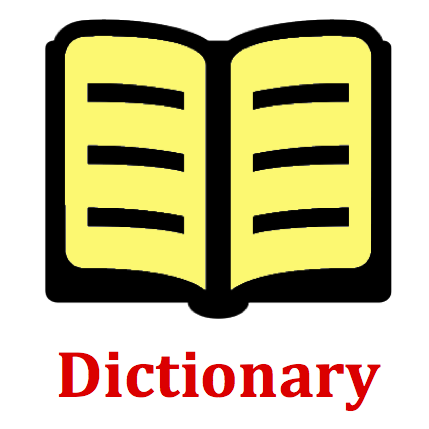Hold down the T key for 3 seconds to activate the audio accessibility mode, at which point you can click the K key to pause and resume audio. Useful for the Check Your Understanding and See Answers.
Mission WE6 Energy Bar Charts - Question Group 4 Help

For the situation described: (1) Simplify the work-energy equation to its proper form. (2) Then identify the letter of the corresponding work-energy bar chart.
A physics cart is pulled from the bottom of a ramp (initial state) to the top of the ramp (final state) at a constant speed.

In this question, like all questions in this mission, you will have to think hard about kinetic energy (K), potential energy (P), and work (W). Your goal is to match an appropriate bar chart to the verbal description and to simplify the work-energy equation. The bar charts depict the form of energy present in the initial and final state and depict how this energy changes (if it does). The bar charts also depict the non-conservative work that is done as the cart moves from its initial to final state. This work can be positive or negative.

The kinetic energy (K) depends upon the cart's speed. If the cart is not moving, then there is no kinetic energy. If the cart moves with constant speed, then the kinetic energy is constant. If the cart speeds up, then there is a gain in kinetic energy. If the cart slows down, then there is a loss in kinetic energy. See Dictionary section. Read (and reread) the description of the motion and look for information about the cart's speed - either initially or finally. Pick a bar chart consistent with this information.
The potential energy (P) depends upon the cart's height. If the cart is at ground level, then there is no potential energy. If the cart moves upward, there is a gain in potential energy. If the cart moves downward, there is a loss in potential energy. If the cart moves horizontally, then there is no change in potential energy. See Dictionary section. Read (and reread) the description of the motion and look for information about the cart's height - either initially or finally. Pick a bar chart consistent with this information.
Non-conservative work (W) is done by forces other than gravity and spring forces. If the force is in the same direction as the cart's motion, then it does positive work. If the force is opposite the cart's motion, then it does negative work. See Dictionary section. Read (and reread) the description of the motion and consider the forces that do work. Decide if the force will do positive or negative work. Pick a bar chart consistent with this information.
Finally, you will have to simplify the work-energy equation by toggling each term so that it is consistent with the bar chart that you have chosen.

Kinetic energy is the energy possessed by an object due to its motion. If an object is moving, then it has kinetic energy. The amount of kinetic energy depends on mass and speed.
Definition of Potential Energy:
Potential energy is the energy stored in an object due to its position. The most common type of potential energy - gravitational potential energy - is the energy stored in an object due to its vertical position relative to the ground or some zero level. The amount of gravitational potential energy depends upon mass and vertical height.
Definition of Work and Non-conservative Work:
Work is done when a force is acting upon an object to cause (or to hinder) a displacement. Work is considered to be non-conservative work if it is done by forces such as tension, friction, applied, normal, and air resistance.

- How are work-energy bar charts constructed?
- How can one determine if an object possesses kinetic energy in the initial or final state of its motion?
- How can one determine if an object possesses potential energy in the initial or final state of its motion?
- What types of forces are internal (i.e., conservative) and what types are external (i.e., non-conservative)?
- How can one know if a specific force does work on an object?